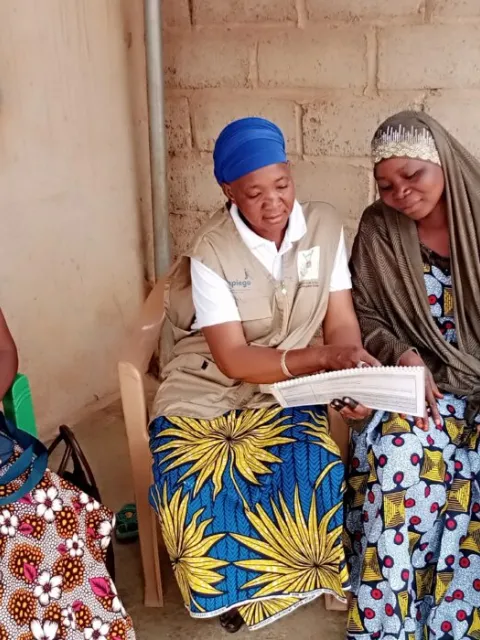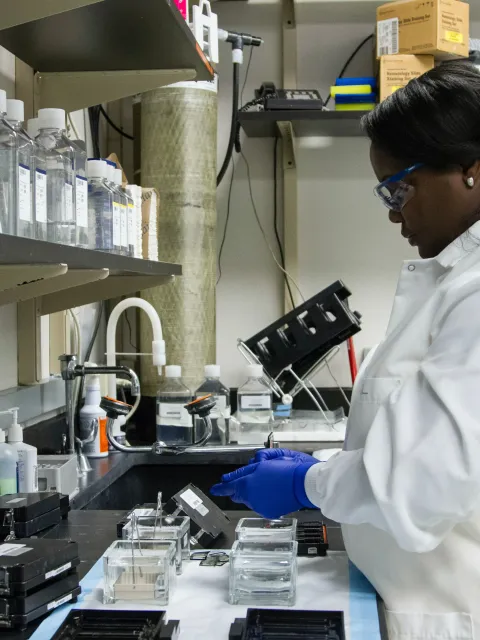World Cancer Day special issue on equity from the IJC
A series of articles in UICC’s International Journal of Cancer look at the many socio-economic factors that lead to inequity in cancer care and the impact on incidence and survival.

The International Journal of Cancer (IJC) is the official journal of UICC. IJC has a global readership and covers a broad scope of topics relevant to experimental and clinical cancer research.
This year to promote the World Cancer Day campaign theme to “close the care gap” in cancer care, IJC has published or reissued a series of articles in the run-up to 4 February. The articles look at the many forms that inequity can take in cancer care, the barriers that prevent people from accessing cancer services and how they can be overcome, as well as the importance of collecting reliable cancer data and silver linings from the COVID-19 pandemic that can help close the care gap.
Impact of the COVID-19 pandemic on population-based cancer registry
The COVID-19 pandemic has caused disruptions to national health systems and impacted health outcomes worldwide. This article examines the extent to which surveillance systems, such as population-based cancer registration, have been affected and highlights a clear need for strategic preparedness plans, particularly to address disparities in low income settings.
How do age and social environment affect the dynamics of death hazard and survival in patients with breast or gynecological cancer in France?
While several studies have highlighted the association between net survival and social inequalities in people with cancer, few accounted for the effect of social inequalities over the follow-up period and/or according to the age of the patients. This article investigates the effect of the social environment on net survival in women with breast or gynecological cancer in France.
The road to cervical cancer elimination in Malaysia: Evaluation of the impact and cost-effectiveness of human papillomavirus screening with self-collection and digital registry support.
This article looks at how improving HPV screening and self-collection helps fill the equity gap in cervical cancer detecion in Malaysia.
Colorectal cancer survival in sub-Saharan Africa by age, stage at diagnosis and Human Development Index: A population-based registry study
This population-based study to evaluate colorectal cancer survival by age, stage and country-level found that poorer survival correlated with a later-stage diagnosis, a lower human development index (life expectancy, education and standard of living) and age at diagnosis of under 50 or over 70. Improving access to prevention, screening and early treatments will help improve outcomes.
The importance of ethnicity: Are breast cancer polygenic risk scores ready for women who are not of White European origin?
A polygenic risk score is intended to show how a person’s risk compares to others with a different genetic constitution. This study explains how the inclusion of additional ethnicities for the development of polygenic risk scores is needed to accurately evaluate breast cancer risk in black, asian, mixed or jewish populations.
Cervical Lesion Assessment using Real-time Microendoscopy Image Analysis in Brazil: The CLARA Study
This study shows how the use of an alternative technology to detect cervical lesions would fill the gap in cervical cancer prevention in underserved areas.
After COVID-19, telemedicine may be used in addition to usual care and not in lieu of: Implications for health systems
A major shift as a result of COVID-19 is an accelerated use of telehealth, which existed before the pandemic occurred, but underwent rapid evolution and integration into the healthcare system. In cancer medicine, normalization and reimbursement for telehealth have broadened access to leading cancer institutes, supporting patients seeking out second opinions. This article explores how the use of telemedicine can help rural and remote populations to access better diagnosis or improve follow-up of patients.
‘Registries are not only a tool for data collection they are for action’: Cancer registration and gaps in data for health equity in six population-based registries in India
Population-based cancer registries (PBCRs) in India cover less than 15% of the urban and 1% of the rural population. This study examines practices of registration in PBCRs to understand efforts to include rural populations in registries and efforts to measure social inequalities in cancer incidence. It shows how data gathered by India's cancer registries could help to address socio-economic factors through implementing responsive cancer control strategies, decreasing the incidence of cancer in vulnerable communities.
Last update
Friday 04 February 2022
